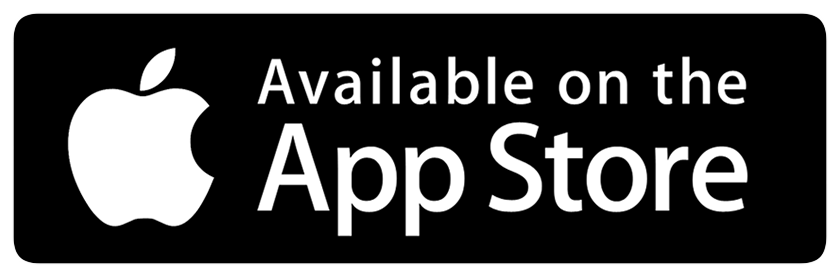You may be surprised to to hear that your document management processes may be preventing you from...
You may be surprised to to hear that your document management processes may be preventing you from scaling your business. You’re likely using one of the popular file storage services, which are just that – storage, with very poor user experiences and limited functionality around client engagement. The ‘last-mile’ of document collection and delivery is a critical component of client engagement which is done entirely over email, creating productivity bottlenecks and increasingly now, security concerns.
SideDrawer’s unique structure streamlines the ‘last-mile’ of collection and delivery, with functionality that allows you to scale your business due to templates, automation and engaging notifications.
It’s understandable how trying something different may seem like too much work. However, the benefits that SideDrawer can offer your business or personal document-organizing needs greatly outweigh the very short learning curve involved.
In this quick guide, we’ll break down how SideDrawer actually compares to traditional filing cabinets and what sets our platform apart from other document management systems.
How SideDrawer Compares to the Tried and True Filing Cabinet
SideDrawer’s Structure
SideDrawer can be directly compared to a traditional filing cabinet, right down to the various commands and overall structure of the platform. Here is our specific wording that aligns with the filing cabinet:
-
SideDrawer = A client’s filing cabinet drawer
-
Tiles = Green hangers
-
Records = Traditional manilla folders
-
PDFs and other scanned or uploaded documents = Paper files
-
Meta-data fields = Sticky notes and scribbles within the metadata fields
-
SD Type = The pre-set default of Tiles
-
Templates = pre-determined set of green hangers, manilla folders, and papers files you can place into each filing cabinet drawer
*When one opens a client’s drawer in the filing cabinet, one can choose which default green hangers will show up first for easier access.
This is what makes our guided organization so unique, and allows one to scale their business operations. So let’s dig deeper into how customization with SideDrawer works.
-
For each type of client, what green hangers are most appropriate for them? This will define how you create the SD Types. Only you can control which Tiles show up, the client can’t randomly create additional Tiles.
-
For each type of general engagement, what manilla folders and contained documents do you want to give them? This will define how you create the Templates.
-
For each type of general engagement, identify what items you need to collect from your client. This will define how you create your Info Requests.
These three decisions will essentially be the three clicks you need to make when inviting a client to the platform, and you are done – saving you atleast 45 mins per new client.
Organizing an Individual vs a Business client
A traditional filing cabinet can be used for individual use or business use. However, when it comes to business use, the way you organize your filing cabinet can become quite a bit more complex. SideDrawer tackles this issue by offering default Individual and Business SD Types that provide their own unique Tiles, and you of course can customize them to any way possible.
For example, here are some of the tiles you can access with a Business SideDrawer account:
-
Corporate documents
-
Capital transactions
-
Legal information
-
Compliance documents
-
Personnel information
-
Other property/estate information
-
Intellectual properties
-
Sales and marketing information
-
Customers and suppliers user information
-
International trade
-
Information systems
And Individual SideDrawer account will offer these Tiles:
-
Legal documents
-
Identity documents
-
Personal finance information
-
Personal investments
-
Service accounts and memberships
-
Healthcare and medical documents
-
Vehicle or transportation documents
-
Lists of collectible assets
-
Career and education documents
-
Wishlists
Business accounts offer a bit more in terms of functionality and tile options that are relevant to business owners, especially useful for clients that may have their own businesses that require their own planning. However, both Individual and Business accounts offer some common Tiles, such as Insurance Policies, Financial Information, Taxes, and Real Estate. The type of account you choose depends on your unique use cases. Regardless of which account you choose, organizing and securing your documents becomes significantly more effective when switching from a filing cabinet, a traditional file storage platform to SideDrawer.
SideDrawer’s Functionality is Much More Similar to a Filing Cabinet When Compared to Other Document Management Systems
There are plenty of vendors with products out there designed to manage documents. However, many of these products offer almost too much in terms of flexibility. Having a digital platform that allows for virtually endless subfolders really isn’t similar to a traditional filing cabinet. While such platforms might offer some flexibility, there is very little in the way of consistency and thus scalability. SideDrawer’s guided organization ensures that your document management is consistent and can scale with your business.
How does SideDrawer compare to the old-school filing cabinet? We want to hear what you think in the comments below.





.png)